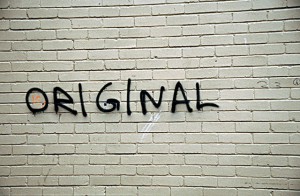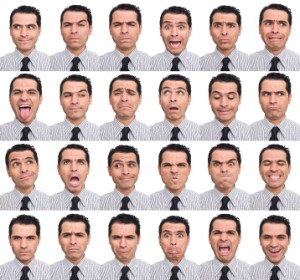Today I went to the Knight library to view the two murals painted by Albert and Arthur Runquist. I am very disappointed in myself to say that I’ve never actually noticed that the murals were there, although I’ve only been in each stairwell maybe twice in my whole time here at the University of Oregon because I usually enter through the front doors and pass through the lobby. With that said, I believe the place making could have been better like somewhere more in the open and more easily visible. However, putting the murals in the library was good for its function because it captures the history of the arts and sciences – therefore the library is a good setting. Doss states in the reading that, “Public art’s visibility relates to its functional utility” (2006). I rarely go the library because it is usually too crowd which in the sense could make the place making good because that may mean that there is a lot of traffic in and out of the library. You never know, maybe everyone is different from me and actually walks through the East and West stairwells of Knight Library.
I would indeed say that these two murals are forms of public art because it meets the following criteria provided by the city of Blue Springs, MO:
“Public art is artwork in the public realm, regardless of whether it is situated on public or private property, or whether it is acquired through public or private funding. Public art can be a sculpture, mural, manhole cover, paving pattern, lighting, seating, building façade, kiosk…” (Doss 2006).
First off, the murals are located in a public area, Knight library East and West stairwells, for people to see them. Second of all, the murals were painted in the 1930s as a part of the Works Progress Administration (WPA) art project. The Works Progress Administration was established in 1935 to help create work for artist and increase art exposure to the public. This was the first art project to be funded by the federal government (Maruska 2013).
In this unit’s reading Public art controversy, Doss states that, “These early programs were guided by the idea that public art was a form of civic improvement and could help generate a shared sense of civic and national identity” (2006). I would agree that the WPA program agrees with Doss’s statement above. Also, both of the Runquist murals are an example of civic improvement because the meaning behind the murals is improvement in general for both the sciences and arts. Each panel of the mural represents a different point in time the society went through in order to get to where we are today. Also, this mural depicts a sense of identity both civic and national because the periods of time that are included within this mural were experienced nationally and therefore civically as well.
Moreover, I am very surprised that I have never noticed these murals because they are extremely big. I for one love murals because they are always so extravagant and breathe taking, in a good way of course. Murals also always have an underlying meaning behind them. This unit’s reading agrees with my take on murals, which is public art, because of the statement, “During the tumultuous 1960s, public art was viewed as a way to beautify America’s public spaces and simultaneously unify a public divided over issues of race, gender, and the Vietnam War” (Doss 2006). Both the Development of the Arts and Development of the Sciences murals painted by the Runquist brothers are beautiful and definitely provide civic beautification. Although these murals do not have underlying meanings about issues like gender, age, or cultural heritage they capture history.
The mural location in the East stairwell of the Knight Library holds the Development of the Arts mural. This mural contains eight panels, each depicting a different period in time for the arts. These periods range from the earliest primitive period of cave painting to Shaw, Padwerewski, Caruso, Bernhardt, and Orozoo, which are representatives of the modern arts (Maruska 2013). On the other hand, the Development of the Sciences mural is located in the West stairwell of Knight Library. This mural also has eight panels, each containing a painting from a different period in time for the sciences. The earliest science period featured in this mural is the Stone Age – the painting contains a family sitting around a fire, I assume this is supposed to represent the discovery of fire. The most recent period that is depicted on the mural is of the modern period that contained people with levers and machines, used to symbolize the modern control of power (Maruska 2013).
References:
Doss, E. (2006, October). Public art controversy: Cultural expression and civic debate. Retrieved from http://www.americansforthearts.org/pdf/networks/pan/doss_controversy.pdf
Maruska, B. (2013). A response to the runquist murals. Retrieved from http://blogs.uoregon.edu/runquistmurals/









